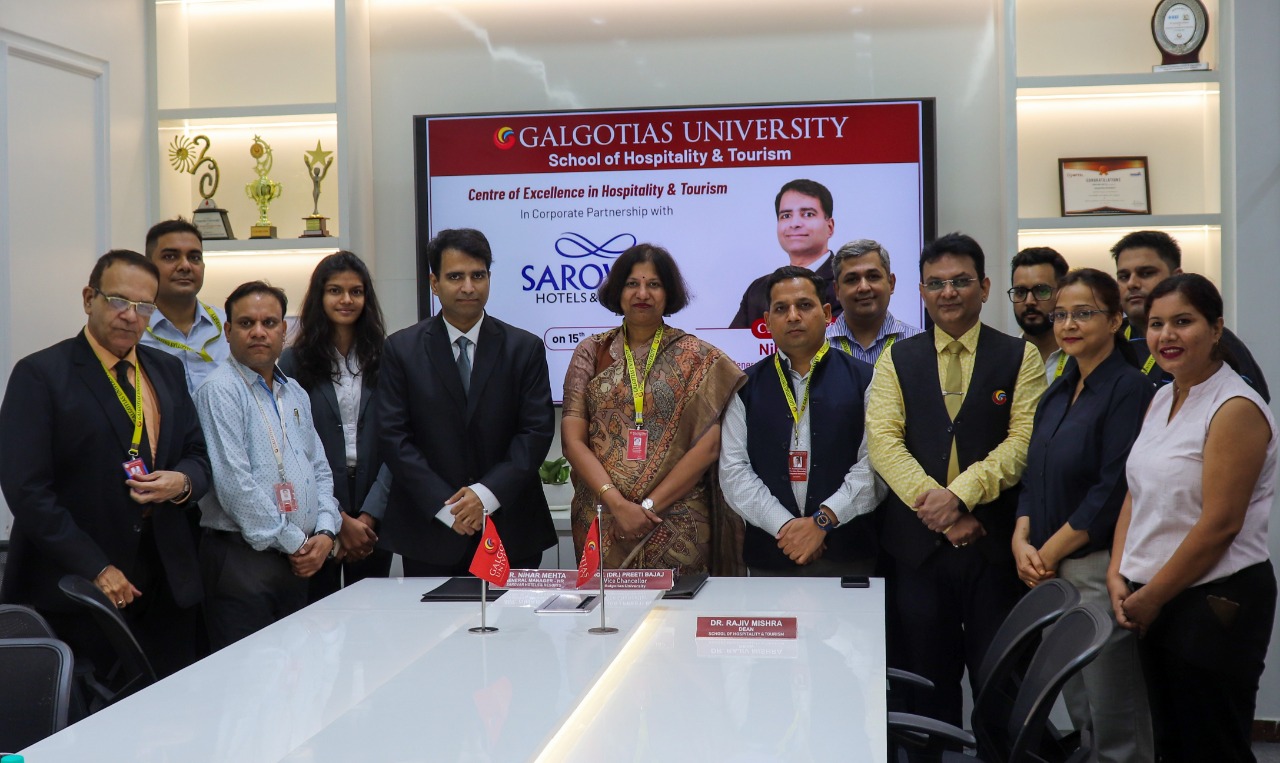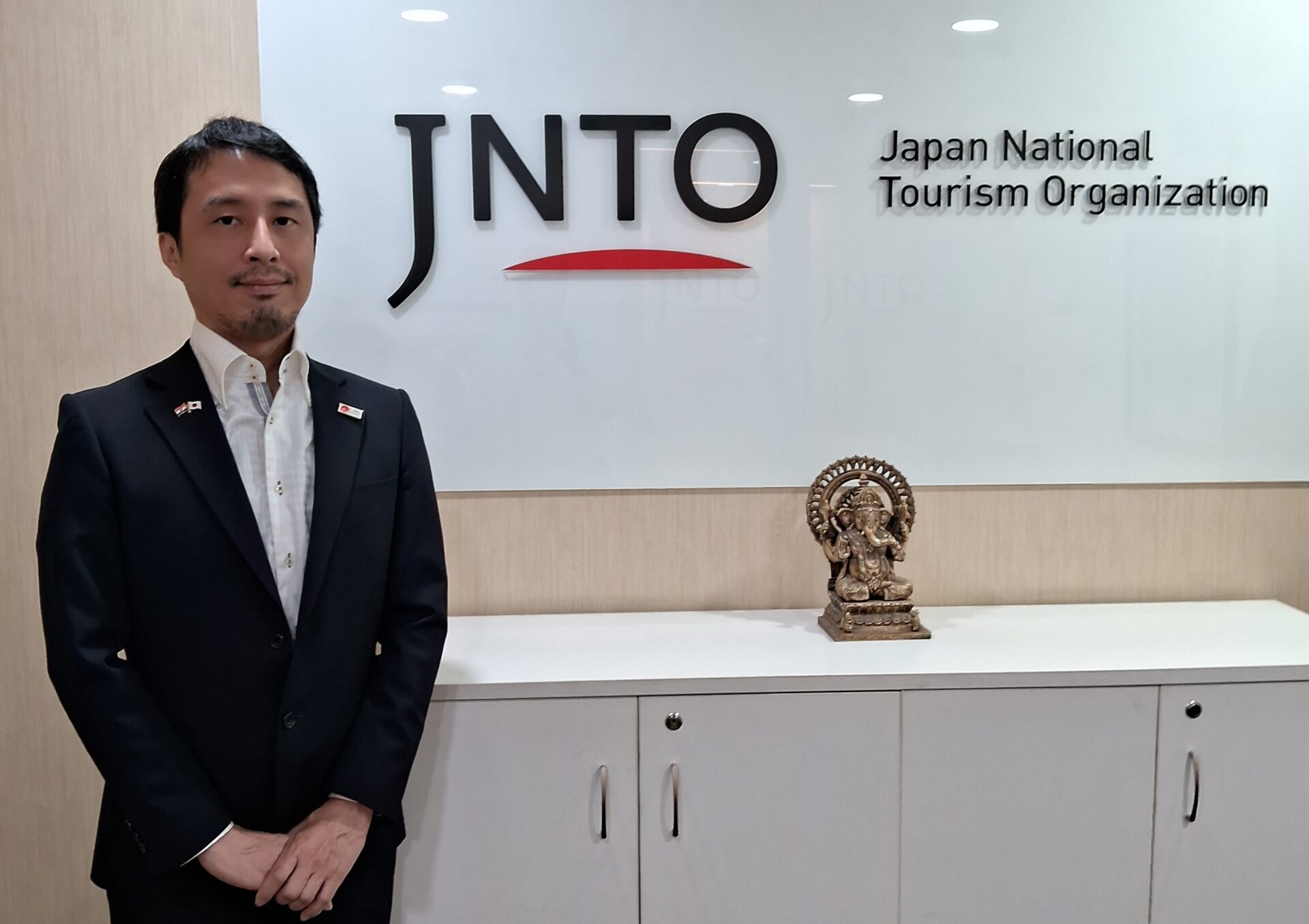Dr Tristan Chong | Professor and Area Head of Marketing, Associate Editor, Industrial Management & Data Systems, S P Jain School of Global Management
In the field of destination marketing, the cost of promoting a location is a significant investment, making the effectiveness of promotional expenditure a crucial consideration. Discovering improved techniques to enhance this efficiency holds immense value. Conventionally, clustering techniques have been employed to identify target markets; however, these methods have faced criticism for introducing biases. Enter Persistent Homology (PH), an innovative approach that sidesteps the prejudices inherent in most regression models and identifies key tourist groups based on similar behaviours. PH not only offers a fresh perspective but also allows for more precise and easily promotable market segmentation. Consequently, by leveraging PH, unexplored promotion opportunities that might otherwise go unnoticed can be highlighted. This study exemplifies the application of PH to pinpoint the highest and lowest spenders among tourists visiting the United Kingdom. Moreover, we offer an intuitive theoretical foundation that underscores the intrinsic value of this methodology for advancing tourism research. The potential impact extends beyond this study, holding promise for diverse applications across various aspects of the tourism industry.
Over the past decades, scholars have harnessed the power of PH as an effective computational tool for characterising clustering patterns within extensive datasets. What sets PH apart is its unique ability to compute data across different topological spaces and spatial resolutions. In simpler terms, it can map data clouds on various scales and perform clustering using diverse distance criteria. This means that unlike current practices in tourism literature, there’s no need to standardize variables before analysis. Through this method, a broader range of topological features can be detected and assessed, revealing true reflections of underlying spatial characteristics. Features that emerge only under specific conditions may otherwise be artefacts of noise, sampling processes, or poorly defined parameters. PH constructs a real-world data representation in a topological manner, capturing persistence across multiple scales and offering robust insights. While PH has found rich applications in areas like neurosciences, sensor networks, signal processing, medical imaging, and biomedical engineering, its potential in the realm of travel research remains untapped.
The realm of tourism analysis and strategy stands to gain numerous advantages from PH. To illustrate this, we draw on data from the United Kingdom International Passenger Survey (UK IPS) to demonstrate how PH can effectively cluster high and low spending visitors. In this study, we utilise deciles to segment the market due to the dataset’s size, ensuring a clear understanding of the top spenders. Our focus specifically hones in on overseas passengers departing the UK after a holiday, excluding business travellers and those visiting friends or family. With the aim of efficiency, we narrow down the key variables relevant to our analysis.
PH leverages fundamental geometric topology to empower managers in making informed decisions when allocating marketing budgets. One of its key advantages is its ability to exploit the geometric data within a dataset to generate high-quality quantitative models. By utilizing the topological connectivity of tourist behaviour elements, we propose a PH-based model to characterize spending behaviour evolution, offering valuable insights for marketing strategies. Fine-tuning categories and expanding datasets could amplify these benefits further. Remarkably, this study pioneers the analysis of tourism data through a high-dimensional, topographically faithful lens, unearthing crucial details within the broader picture. These findings provide a complementary perspective to existing theories endorsed by industry leaders. Moreover, the study highlights the shortcomings of conventional clustering techniques and demonstrates how PH effectively addresses these flaws with clarity, robustness, and transparency. The tourism industry now calls for solutions that are resilient to noise and free from imposed relationships, optimized to pinpoint targets for effective promotion. This study answers that call by delivering marketing solutions that align more accurately with the travel behaviours of inbound tourists.
The predictive capabilities of PH offer evident benefits for managers, contributing to a deeper understanding of visitor patterns. For instance, by analysing search engine behaviour, managers can identify stable data patterns that serve as precursors to periods of high demand. This insight enables timely adjustments in preparation and pricing. Similar strategies can be employed for downturns and periods of low demand. Recognizing the role of social networks and social media in destination marketing, PH can aid in better characterizing behaviour in these domains, yielding managerial dividends. Integrating existing tourism research with PH’s development in network analysis holds direct merit. The exploration of systematic data point removal introduces avenues for both managerial analysis and theoretical advancements. Future endeavours will delve deeper into these possibilities.
PH exemplifies a topographical analysis that reveals patterns within data that traditional statistical methods in tourism often overlook. Unburdened by predefined relationships, PH boasts immense potential across the industry. This study serves as a preliminary stride in unlocking these opportunities. Through an empirical examination of inbound tourist spending in the UK, we demonstrate the tangible benefits, showcasing instances where projected high spenders fall within the lowest 10%. This exposes the challenge of targeting top 10% promotions through nation-specific advertising. Extending our scope, we envisage various future applications where PH’s insights could enhance the efficiency of promotion spending for both advertisers and tourism authorities alike. In embracing PH, the tourism industry can unlock hidden potential and navigate marketing strategies with unprecedented precision.






